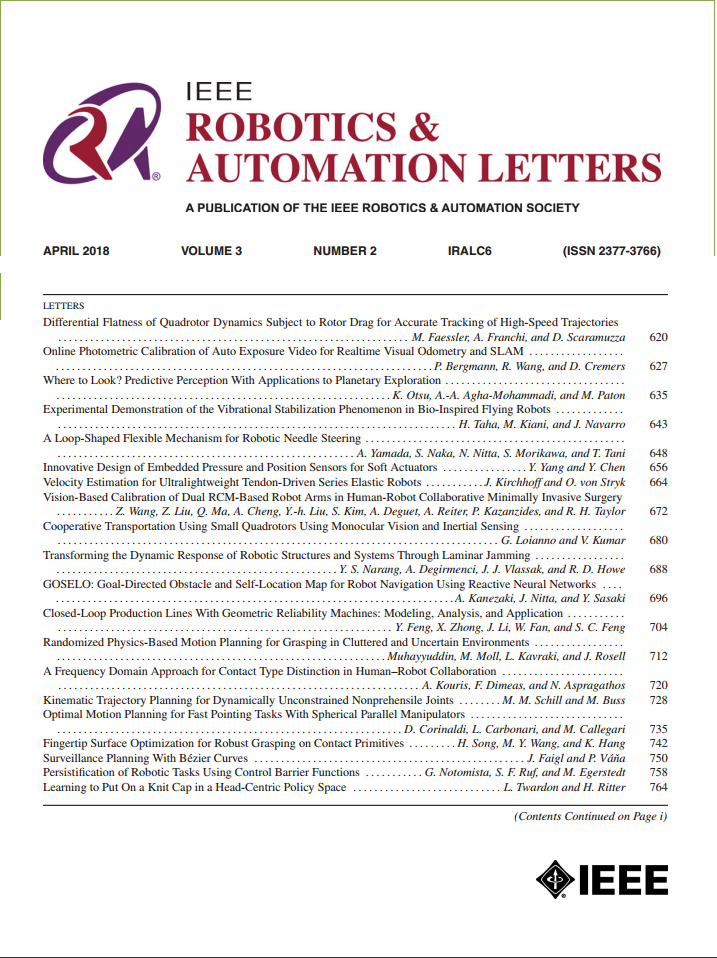AutoSelecter: Efficient Synthetic Nighttime Images Make Object Detector Stronger
IF 4.6
2区 计算机科学
Q2 ROBOTICS
引用次数: 0
Abstract
Object detection has achieved significant advancements despite the challenges posed by adverse conditions like low-light nighttime environments, where annotated data is not only scarce but also challenging to accurately label. Instead of designing special network, we focus on the creation and efficient utilization of synthetic data to address the problem. We generate synthetic data by employing an enhanced generative model that adeptly transforms daytime images into low-light nighttime ones. Furthermore, we introduce a data selection scheme, named AutoSelecter, which can be flexibly integrated into the training process of object detector, ensuring the selection of the most effective synthetic data. By efficiently utilizing synthetic data, our strategy achieves an average improvement of 5.2% and 6.1% in AP自动选择器:高效合成夜间图像使对象检测器更强
尽管低照度夜间环境等不利条件带来了挑战,但物体检测仍取得了长足的进步,因为在这些环境中,注释数据不仅稀缺,而且准确标注也具有挑战性。我们没有设计特殊的网络,而是专注于创建和有效利用合成数据来解决这一问题。我们通过使用增强型生成模型生成合成数据,该模型能将白天的图像巧妙地转换为夜间的弱光图像。此外,我们还引入了一种名为 AutoSelecter 的数据选择方案,它可以灵活地集成到物体检测器的训练过程中,确保选择最有效的合成数据。通过有效利用合成数据,我们的策略使 YOLOv7、YOLOv8 和 RT-DETR 物体检测器在 BDD100k 和 Waymo 的夜间数据集上的 AP$_{50}$ 平均分别提高了 5.2% 和 6.1%。我们敏锐地发现,在人工标注的低照度夜间数据集中存在大量遗漏和错误标注,这会严重影响夜间评估结果的准确性。因此,我们还提供了一个人工标注且更准确的数据集 BDD100kValNight+,以进行更好的评估。在这个改进后的数据集上,我们的策略使三个检测器的 AP$_{50}$ 平均提高了 5.1%。
本文章由计算机程序翻译,如有差异,请以英文原文为准。
求助全文
约1分钟内获得全文
求助全文
来源期刊

IEEE Robotics and Automation Letters
Computer Science-Computer Science Applications
CiteScore
9.60
自引率
15.40%
发文量
1428
期刊介绍:
The scope of this journal is to publish peer-reviewed articles that provide a timely and concise account of innovative research ideas and application results, reporting significant theoretical findings and application case studies in areas of robotics and automation.
 求助内容:
求助内容: 应助结果提醒方式:
应助结果提醒方式:


